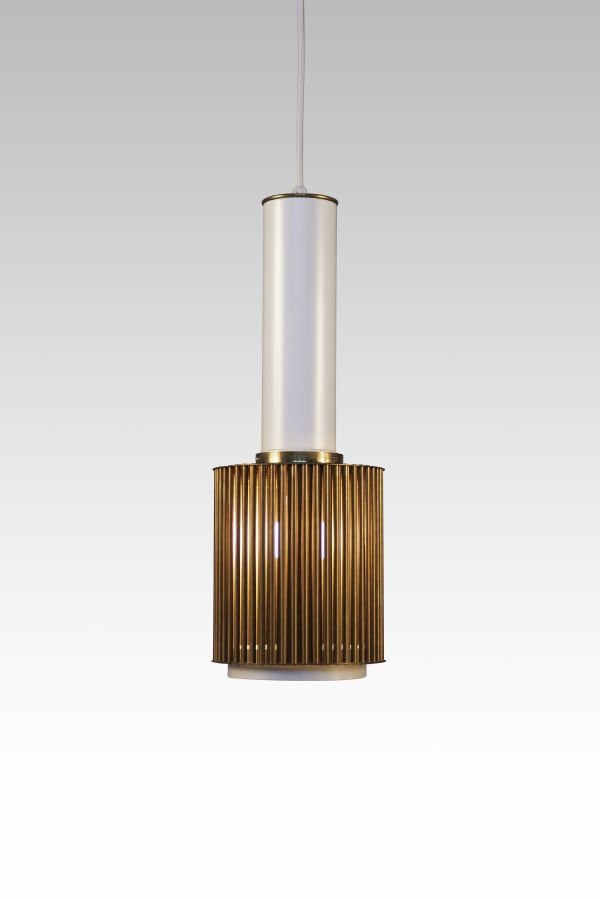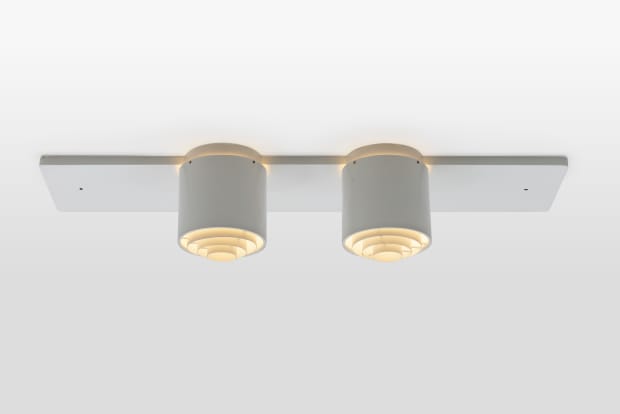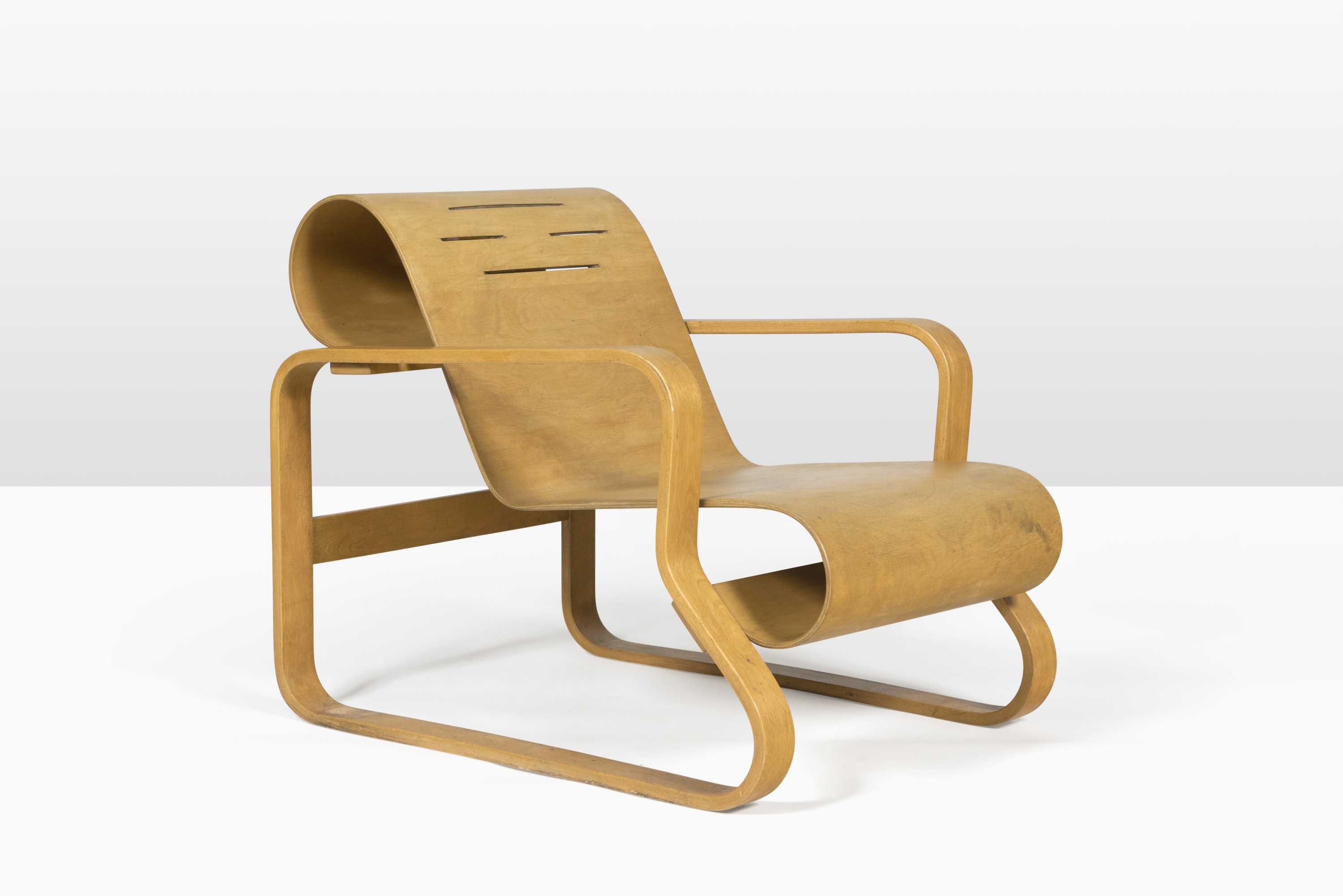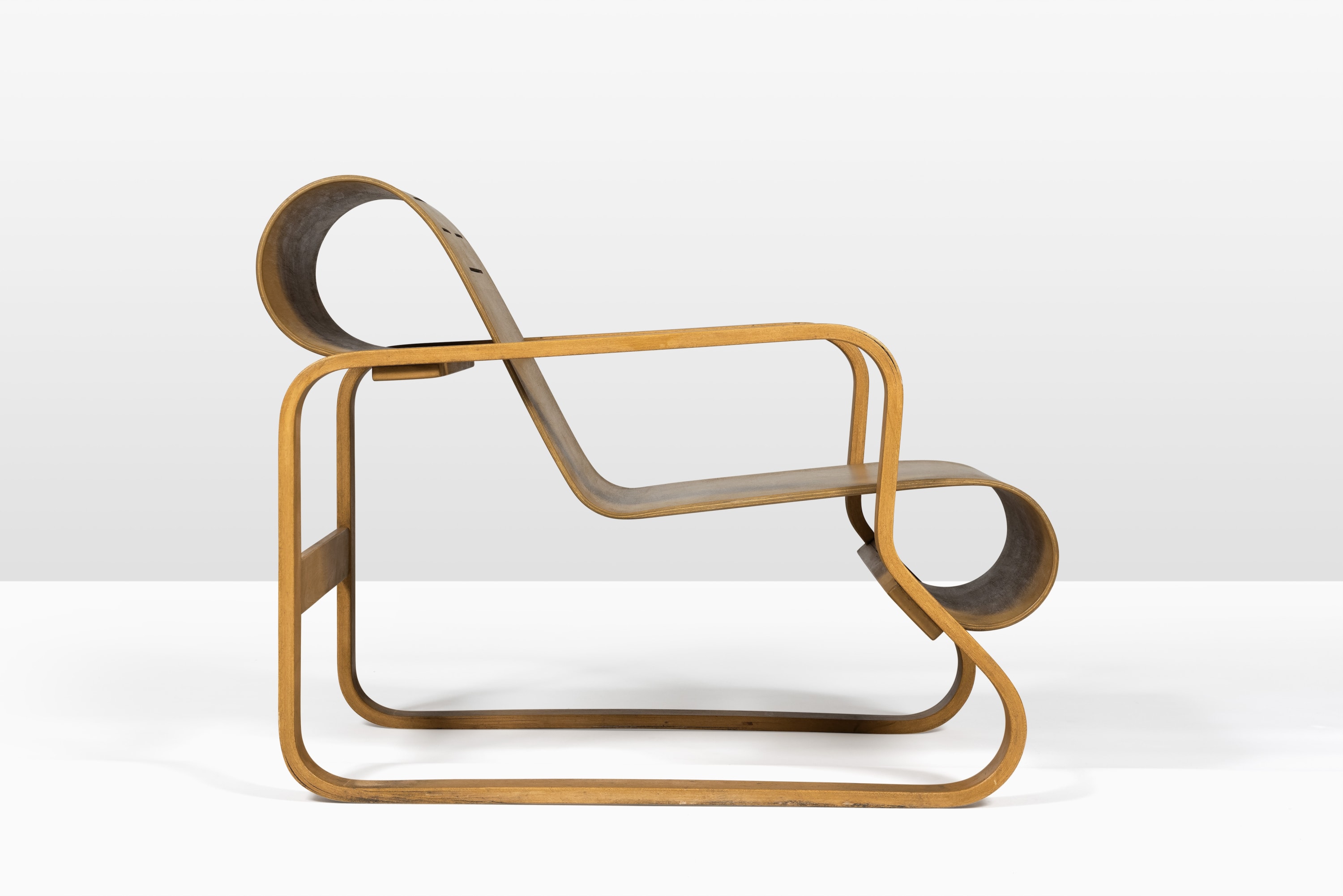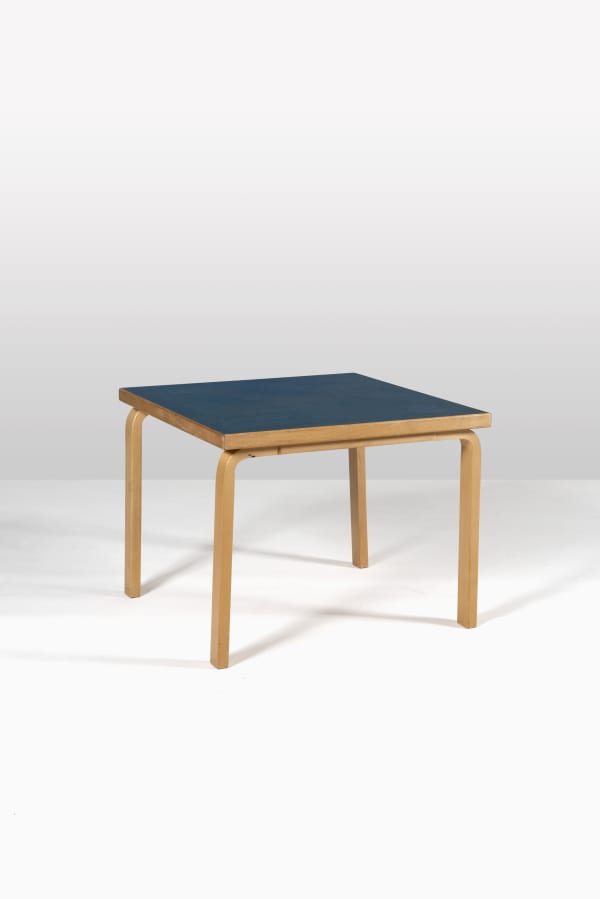-

-
Maison Louis Carré
A house of art and design -

-

-
“I asked him to design a house that would be small on the outside and big on the inside (...) Aalto really glorified the space, he created it, this is the sign of a genius – volumes that appear larger than their real dimensions”
- Louis Carré
-
-
Not only was Aalto concerned about the optical qualities of the lights he created but he also believed that they should answer aesthetics demands. As a result, all the lamps created by Alvar Aalto can be appreciated as genuine sculptures.
-
-

-

-
"Paimio" armchair, 1932Birch67 x 60 x 80 cm (26 3/8 x 23 5/8 x 31 1/2 in)Manufactured by Artek
-

-
-
Tea Trolley, 1937Birch, lacquered wheels and linoleum top56 x 90 x 46 cm (22 1/8 x 35 3/8 x 18 1/8 in)Manufactured by Oy Huonekalu-ja Rakennustyötehdas Ab, Turku, Finland
-
Copyrights
Alvar Aalto and Louis Carré © Alvar Aalto Museum ; Portrait Louis Carré ©Photo : Daniel Wallard, Collection Maison Louis Carré; Maison Louis Carré ©Collection Maison Louis Carré; Interior lights © Heikki Havas, Alvar Aalto Museum, c. 1960 AAA101911; Interior lights © Heikki Havas, Alvar Aalto Museum, c. 1960 AAA101914 ; Interior lights © Heikki Havas, Alvar Aalto Museum, c. 1960 AAA101915 ; Interior lights © Heikki Havas, Alvar Aalto Museum, c. 1960 AAA101928; Interior furniture © Heikki Havas, Alvar Aalto Museum, C. 1960 AAA101907
All individual pieces ©Gokelaere & Robinson
Alvar Aalto & la Maison Louis Carré
Past viewing_room









